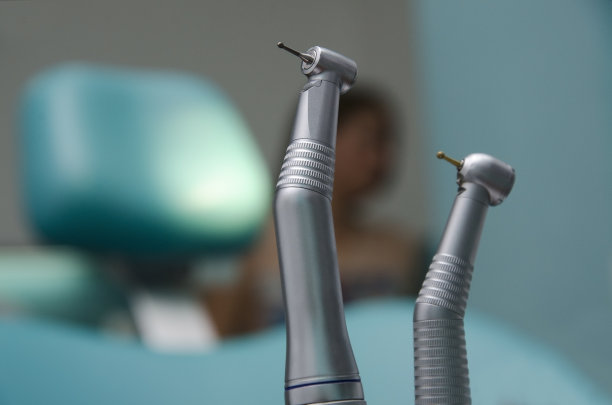The Essential Guide to Extracting a Tooth Safely and Effectively for Better Dental Health and Comfort
Summary: Tooth extraction can be a daunting procedure for many individuals; understanding the process is crucial for ensuring both safety and comfort. This essential guide outlines best practices for tooth extraction, emphasizing preparation, procedure, aftercare, and the importance of professional help. Each section provides valuable insights that ensure a smoother extraction experience and contribute positively to dental health. By adhering to these guidelines, patients can alleviate anxiety, promote healing and enable ongoing dental well-being. Whether youre navigating a simple extraction or something more complex, this guide serves as your comprehensive reference for better dental health.
1. Importance of Pre-Extraction Preparation

Before undergoing a tooth extraction, proper preparation can dramatically affect the outcome of the procedure. One critical step is consulting a dentist to evaluate the tooth in question, discussing its condition and any underlying dental concerns. This allows for an accurate assessment of the necessary extraction technique and forewarns about potential complications.
Additionally, patients should provide their complete medical history to their dentist. Certain medical conditions, like diabetes or blood disorders, may require special considerations. Informing the dental professional about any medications currently being taken, including over-the-counter drugs, is also crucial to minimize the risk of complications.
Lastly, having realistic expectations about the procedure helps ease anxiety. Understanding the steps involved in the extraction process helps individuals mentally prepare for whats to come and thereby fosters more comfort leading up to the dental appointment.
2. Steps Involved During the Extraction
During the tooth extraction, the dentist will begin with a physical examination and may take X-rays to determine the tooths position. Administering anesthesia is the next critical step, as it ensures that the extraction process is as painless as possible. Local anesthesia is commonly used to numb the specific area, while sedation may be considered for those who experience severe anxiety.
The extraction itself typically involves loosening the tooth from its socket using specialized dental instruments. Depending on the situation, the dentist may need to perform a surgical extraction, which is more complex and requires cutting through the gums and possibly bone. Clear communication between the patient and the dentist throughout this process can help address any immediate concerns.
Once the tooth is successfully removed, the dentist will usually place gauze over the extraction site to control bleeding. Instructions regarding what to expect post-extraction are vital to ensuring a smooth recovery and should not be overlooked.
3. Aftercare for a Smooth Recovery
Post-extraction care is essential for a smooth recovery and minimizing discomfort. The initial hours following the extraction are critical; patients are advised to keep their head elevated and avoid strenuous activity. Ice packs can be used to reduce any swelling that may occur in the first 24 hours.
Diet also plays a role in recovery; patients should stick to soft foods and stay hydrated, avoiding any hot or spicy foods that could irritate the extraction site. Its important to follow dietary guidelines provided by the dentist to avoid complications such as dislodging the blood clot that forms in the socket.
Additionally, oral hygiene should be maintained, but with caution. Gently rinsing the mouth with warm salt water can assist in promoting healing, while vigorous brushing should be avoided in the extraction area for several days. Regular follow-up appointments may also be necessary to assess healing and address any unforeseen issues.
4. When to Seek Professional Help
Identifying when to seek professional help after a tooth extraction can significantly impact recovery. While some discomfort is normal, severe pain that does not subside with over-the-counter medications could indicate an infection or other complications. Patients experiencing persistent swelling, especially beyond three days after the extraction, should consult their dentist.
Another red flag is excessive bleeding. While some bleeding is expected immediately after the extraction, if it continues unabated or increases over time, it is important to reach out for professional assistance. Recognizing these symptoms early can prevent more serious dental issues down the line.
Additionally, if any unusual symptoms arise, such as fever or bad breath, these could signal an infection requiring immediate intervention. The sooner these concerns are addressed, the better the chances for a successful recovery.
Summary:
In conclusion, this guide serves as a vital resource for those considering tooth extraction. Emphasizing the significance of preparation before, careful execution during, and attentive aftercare following the procedure ensures a more comfortable and effective experience. By understanding the entire process, patients can mitigate anxiety, enhance recovery, and maintain long-term dental health.
This article is compiled by Vickong Dental and the content is for reference only.



